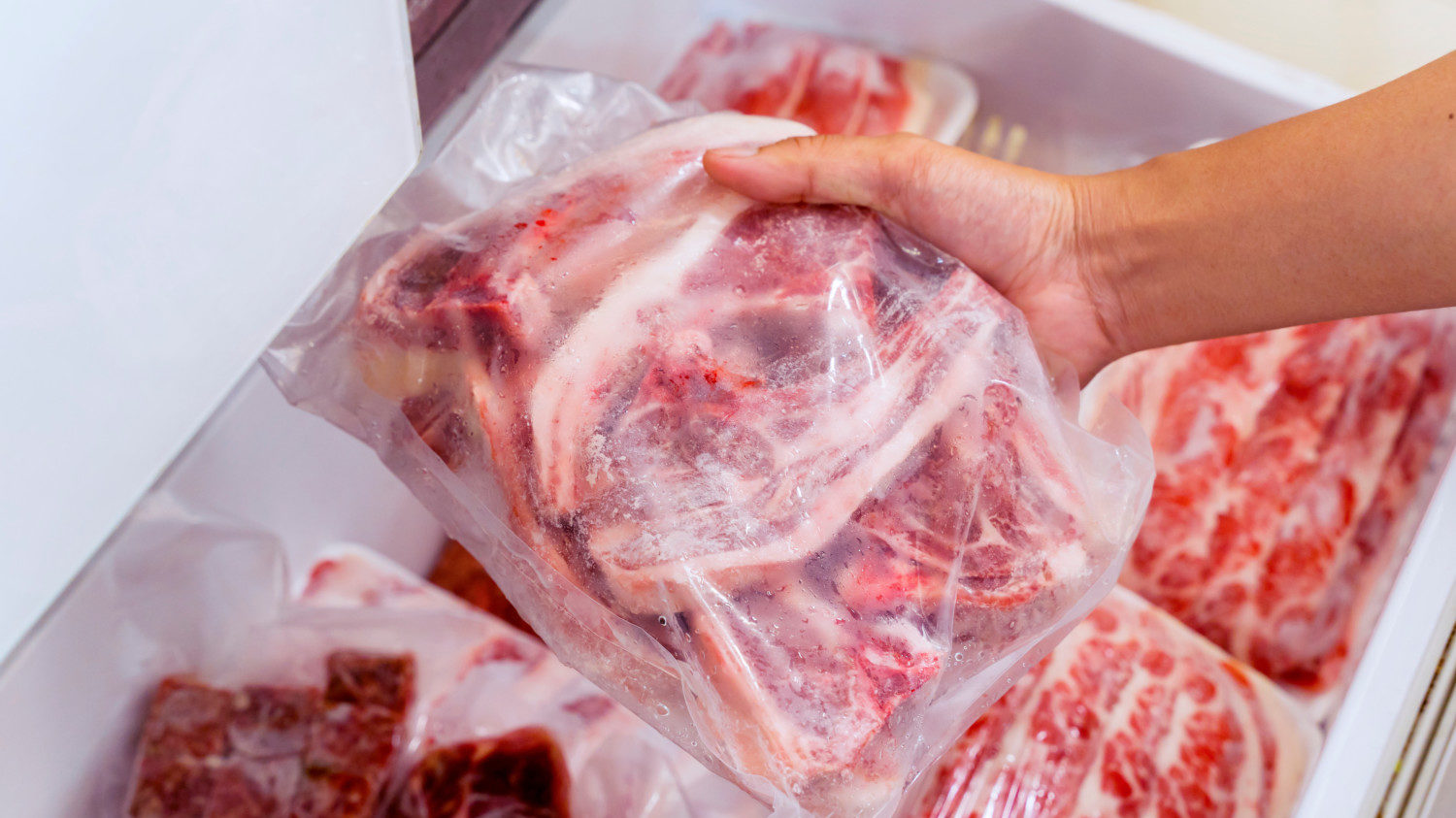

Articles
How Long Is Meat Good In The Freezer
Modified: February 20, 2024
Discover how long articles can be kept in the freezer and ensure the quality of your meat. Learn storage tips and guidelines for freezing meat properly.
(Many of the links in this article redirect to a specific reviewed product. Your purchase of these products through affiliate links helps to generate commission for Storables.com, at no extra cost. Learn more)
Introduction
When it comes to preserving meat for later use, freezing is a common and convenient method. Freezing meat can extend its shelf life and maintain its quality, ensuring that it remains safe to consume. However, it’s important to understand the factors that affect the shelf life of frozen meat and the proper techniques for storing it.
In this article, we will explore the various aspects of freezing meat, including recommended storage times, signs of spoilage, packaging methods, and tips for maintaining quality. Whether you’re a seasoned home cook or just starting out in the kitchen, this article will guide you through the process of keeping your frozen meat fresh and safe.
Before we dive into the details, it’s crucial to note that the length of time meat stays good in the freezer depends on several factors, including the type of meat, initial quality, storage conditions, and proper packaging. By understanding these factors, you can make informed decisions about freezing meat and ensure that it remains enjoyable for future meals.
Now, let’s delve into the factors that affect the shelf life of frozen meat.
Key Takeaways:
- Properly freezing and storing meat is essential for maintaining its quality and safety. Factors like type of meat, storage conditions, and packaging methods all play a role in determining the shelf life of frozen meat.
- Recognizing signs of spoilage, following recommended storage times, and implementing proper packaging and storage techniques are crucial for ensuring that frozen meat remains fresh, flavorful, and safe to consume.
Factors that affect the shelf life of frozen meat
Several factors play a crucial role in determining how long frozen meat remains safe and maintains its quality. Understanding these factors will help you make informed decisions about freezing and storing meat.
Type of Meat: Different types of meat have varying shelf lives in the freezer. For example, red meats like beef and lamb tend to have longer storage times compared to poultry and fish.
Initial Quality: The quality of the meat before freezing can impact its shelf life. Meat that is fresh and of high quality will generally have a longer freezer life than meat that is already nearing its expiration date.
Storage Conditions: The temperature and conditions in which the frozen meat is stored can significantly affect its shelf life. It is essential to keep the freezer set at 0°F (-18°C) or below to maintain the meat’s quality and prevent bacterial growth.
Proper Packaging: The way meat is packaged before freezing plays a vital role in preserving its quality. Using airtight and moisture-resistant packaging is crucial to prevent freezer burn and maintain the taste and texture of the meat. Vacuum-sealed bags, freezer-safe containers, or heavy-duty aluminum foil are good options for packaging frozen meat.
Thawing and Refreezing: The number of times meat is thawed and refrozen can impact its quality and safety. It is recommended to thaw meat in the refrigerator rather than at room temperature to minimize the risk of bacterial growth. Once thawed, it is best to use the meat within a few days and avoid refreezing it.
Freezer Storage Time: It’s important to note that even with proper packaging and storage conditions, the quality of frozen meat may deteriorate over time. Therefore, it is recommended to follow the guidelines for maximum storage times for different types of meat to ensure optimal quality and safety.
Now that we understand the factors that affect the shelf life of frozen meat let’s discuss the recommended storage times for various types of meat.
Recommended storage times for various types of meat
The shelf life of frozen meat varies depending on the type of meat. It’s essential to follow recommended storage times to ensure the best quality and safety of your frozen meat. Here are general guidelines for the storage times of different types of meat:
Beef: Beef can be stored in the freezer for up to 12 months when properly packaged. Ground beef has a slightly shorter storage time of around 3 to 4 months.
Poultry: Chicken and turkey can be stored in the freezer for up to 9 to 12 months. However, pieces of poultry like breasts and thighs have a shorter storage time of around 6 to 9 months. Ground poultry should be used within 3 to 4 months.
Pork: Pork can be stored in the freezer for up to 6 to 8 months. Ground pork has a shorter storage time of around 3 to 4 months.
Lamb: Lamb can be stored in the freezer for up to 6 to 9 months. Ground lamb has a similar storage time of around 3 to 4 months.
Seafood: Different types of seafood have varying storage times. Fish fillets and shellfish can be stored for up to 3 to 6 months, while lean fish like cod and haddock have a storage time of up to 6 months. Fatty fish like salmon and mackerel can be stored for up to 2 to 3 months.
It’s important to note that these are general guidelines, and the storage times may vary depending on the quality of the meat, packaging, and storage conditions. Always use your judgment and inspect the meat for any signs of spoilage before consuming it.
Now that we know the recommended storage times, let’s explore the signs that meat may be spoiled in the freezer.
Signs that meat may be spoiled in the freezer
While freezing meat can help prolong its shelf life, it’s still important to be aware of signs that indicate the meat may be spoiled. Here are some common signs to look out for:
Freezer burn: Freezer burn appears as white or grayish-brown spots on the surface of the meat. It occurs when moisture in the meat evaporates, leading to dry patches. While freezer burn doesn’t necessarily make the meat unsafe to eat, it can affect its quality and taste.
Off odor: If the meat emits a strong, unpleasant odor, it may indicate spoilage. Fresh meat should have a neutral smell, so any foul or rancid odor is a sign that it’s no longer suitable for consumption.
Texture changes: Spoiled meat may have a slimy or sticky texture. It may feel unpleasant to touch and could indicate bacterial growth or breakdown of the proteins in the meat.
Discoloration: If the meat appears darkened or has noticeable discoloration, it may suggest spoilage. Look out for green, gray, or brown patches on the surface of the meat.
Ice crystals: While small ice crystals on frozen meat are normal, excessive ice crystals could indicate temperature fluctuations in the freezer. This can lead to loss of quality and potential spoilage.
Mold growth: If you see mold growing on the surface of the meat, it’s a clear sign of spoilage. Mold can produce toxins that are harmful if consumed.
If you notice any of these signs, it’s best to discard the meat rather than risking foodborne illnesses. Proper storage techniques can help prevent these issues, so let’s explore some packaging and storage techniques for frozen meat.
Meat can be stored in the freezer for 3-12 months, depending on the type. Ground meat and poultry last 3-4 months, while whole cuts of beef, lamb, and pork can last 6-12 months. Always label with the date to track freshness.
Proper packaging and storage techniques for frozen meat
Proper packaging and storage techniques play a key role in maintaining the quality and safety of frozen meat. Here are some guidelines to follow:
1. Use airtight packaging: Use airtight and moisture-resistant packaging to prevent freezer burn and keep the meat fresh. Vacuum-sealed bags, freezer-safe containers, or heavy-duty aluminum foil are good options for packaging frozen meat.
2. Label and date: Always label the packaging with the type of meat and the date of freezing. This helps you keep track of how long the meat has been in the freezer and ensures you use it in a timely manner.
3. Divide into portions: If you have a large piece of meat, consider dividing it into smaller portions before freezing. This allows for easier defrosting and reduces the risk of thawing more meat than needed.
4. Remove excess air: When using bags, remove as much air as possible before sealing. This helps to prevent the formation of ice crystals and maintain the quality of the meat.
5. Package in individual servings: If you plan to use the meat in individual servings, pack them accordingly before freezing. This way, you can easily take out what you need without thawing the entire package.
6. Store flat: Lay packaged meat flat in the freezer, allowing for easy stacking and maximizing the use of freezer space. This also ensures more even freezing and faster thawing when needed.
7. Maintain consistent temperature: Keep the freezer temperature consistently at 0°F (-18°C) or below. Fluctuations in temperature can compromise the quality of the frozen meat.
8. Avoid overcrowding: Avoid overcrowding the freezer as it can hinder proper airflow and lead to uneven freezing. Leave enough space between packages for cold air to circulate.
By following these packaging and storage techniques, you can ensure that your frozen meat remains fresh, flavorful, and safe to eat. However, it’s always good to know some additional tips for maintaining quality when freezing meat, which we will discuss next.
Read more: How Long Are Ribs Good In The Freezer
Tips for maintaining quality when freezing meat
Properly freezing meat not only extends its shelf life but also helps maintain its quality and flavor. Here are some tips to ensure the best results when freezing meat:
1. Choose fresh meat: Start with fresh, high-quality meat. Freezing can preserve the quality, but it cannot improve the initial state of the meat.
2. Cool meat before freezing: Allow cooked meat to cool completely, and chill raw meat in the refrigerator before freezing. This prevents the growth of bacteria during the freezing process.
3. Avoid seasoning before freezing: It’s best to freeze meat without seasonings or marinades. Seasoned meat can alter the texture and flavor after thawing.
4. Freeze in single layers: When freezing raw meat, spread it out in a single layer on a baking sheet or tray. Once frozen, transfer it to airtight packaging. This method prevents the pieces from sticking together, making it easier to portion out later.
5. Use freezer-safe containers: If using containers for freezing meat, ensure they are specifically labeled as “freezer-safe” to prevent freezer burn.
6. Don’t overcrowd the freezer: Avoid placing too much meat in the freezer at once, as it can decrease the freezer’s efficiency and hinder proper freezing.
7. Optimal storage duration: To maintain the best quality, try to use frozen meat within the recommended storage times we discussed earlier. The longer meat stays in the freezer, the more it may deteriorate in quality.
8. Proper thawing methods: When it comes time to thaw frozen meat, it’s best to do so in the refrigerator. Cold water thawing or using the microwave on the defrost setting are also acceptable methods for faster thawing. Avoid thawing meat at room temperature, as it can lead to bacterial growth.
9. Use frozen meat in appropriate recipes: Keep in mind that the texture of some meats may change after freezing. Use frozen meat in recipes where tenderness and moisture may not be as critical, such as stews, soups, or slow-cooked dishes.
By following these tips, you can maintain the quality of your frozen meat and ensure delicious meals each time you use it. However, you might still have some questions about frozen meat storage. Let’s address some frequently asked questions next.
Frequently asked questions about frozen meat storage
Here are some frequently asked questions about frozen meat storage:
Q: Can I refreeze meat that has been thawed?
A: It is generally safe to refreeze meat that has been thawed, as long as it was thawed in the refrigerator and has not been kept at room temperature for an extended period. However, each time you thaw and refreeze meat, it may affect the quality and texture, so it’s best to avoid doing so when possible.
Q: Can I freeze meat that has already been cooked?
A: Yes, cooked meat can be frozen. Make sure to cool the cooked meat completely before placing it in the freezer. It’s also advisable to divide it into smaller portions for easier thawing and use.
Q: How long does meat stay good in the freezer?
A: The storage time of meat in the freezer can vary depending on the type of meat, initial quality, storage conditions, and packaging. Refer to the recommended storage times we discussed earlier, but always use your judgment and inspect the meat for any signs of spoilage before consuming it.
Q: Can I freeze meat in its original packaging?
A: While the original packaging of store-bought meat is often designed for short-term refrigeration, it is not ideal for long-term freezing. It’s best to transfer the meat to airtight, freezer-safe packaging to prevent freezer burn and maintain its quality.
Q: How can I prevent freezer burn on my meat?
A: To prevent freezer burn, use airtight packaging, such as vacuum-sealed bags, freezer-safe containers, or heavy-duty aluminum foil. Ensure that there is minimal air and moisture inside the packaging and that it is tightly sealed.
Q: Can frozen meat go bad?
A: While freezing can extend the shelf life of meat, it does not make it immune to spoilage. Frozen meat can still go bad if it is improperly stored or if it has been in the freezer for an extended period. Always inspect the meat for any signs of spoilage before consuming it.
Q: How can I thaw frozen meat safely?
A: The safest way to thaw frozen meat is in the refrigerator. Allow the meat to thaw slowly in the fridge until it is fully defrosted. If you need to thaw it quickly, you can also use the cold water thawing method or the defrost setting on your microwave. Avoid thawing meat at room temperature, as it can promote bacterial growth.
By following proper storage techniques and understanding the basics of freezing meat, you can ensure that your frozen meat remains safe and maintains its quality. Now that you have a good grasp of frozen meat storage, let’s wrap things up.
Conclusion
Freezing meat is a convenient and effective method to extend its shelf life and maintain its quality. By understanding the factors that affect the shelf life of frozen meat, following recommended storage times, recognizing signs of spoilage, and implementing proper packaging and storage techniques, you can ensure that your frozen meat remains fresh, flavorful, and safe to consume.
Remember to choose fresh meat, cool it before freezing, and use airtight packaging to prevent freezer burn. Label and date your packages, and store them in a consistent temperature freezer. Avoid overcrowding the freezer and follow recommended storage times for each type of meat.
Be vigilant for signs of spoilage, such as freezer burn, off odor, texture changes, discoloration, ice crystals, and mold growth. If you notice any of these signs, it’s best to discard the meat.
By following these guidelines and maintaining proper storage practices, you can ensure that your frozen meat retains its taste, texture, and nutritional value. Whether you’re stocking up on meat for future meals or preserving leftovers, freezing meat can be a valuable tool in your kitchen.
Stay mindful of the guidelines for thawing meat safely, and consider the quality changes that may occur after freezing when planning your meals and recipes.
By implementing these tips and tricks, you can make the most out of your frozen meat, minimizing waste and enjoying delicious meals for months to come.
Remember, proper freezing and storage techniques are key to ensuring the best quality and safety of your frozen meat. So, the next time you’re stocking up on your favorite cuts of meat or preserving leftovers, keep these guidelines in mind to make the most out of your frozen meat storage.
Frequently Asked Questions about How Long Is Meat Good In The Freezer
Was this page helpful?
At Storables.com, we guarantee accurate and reliable information. Our content, validated by Expert Board Contributors, is crafted following stringent Editorial Policies. We're committed to providing you with well-researched, expert-backed insights for all your informational needs.
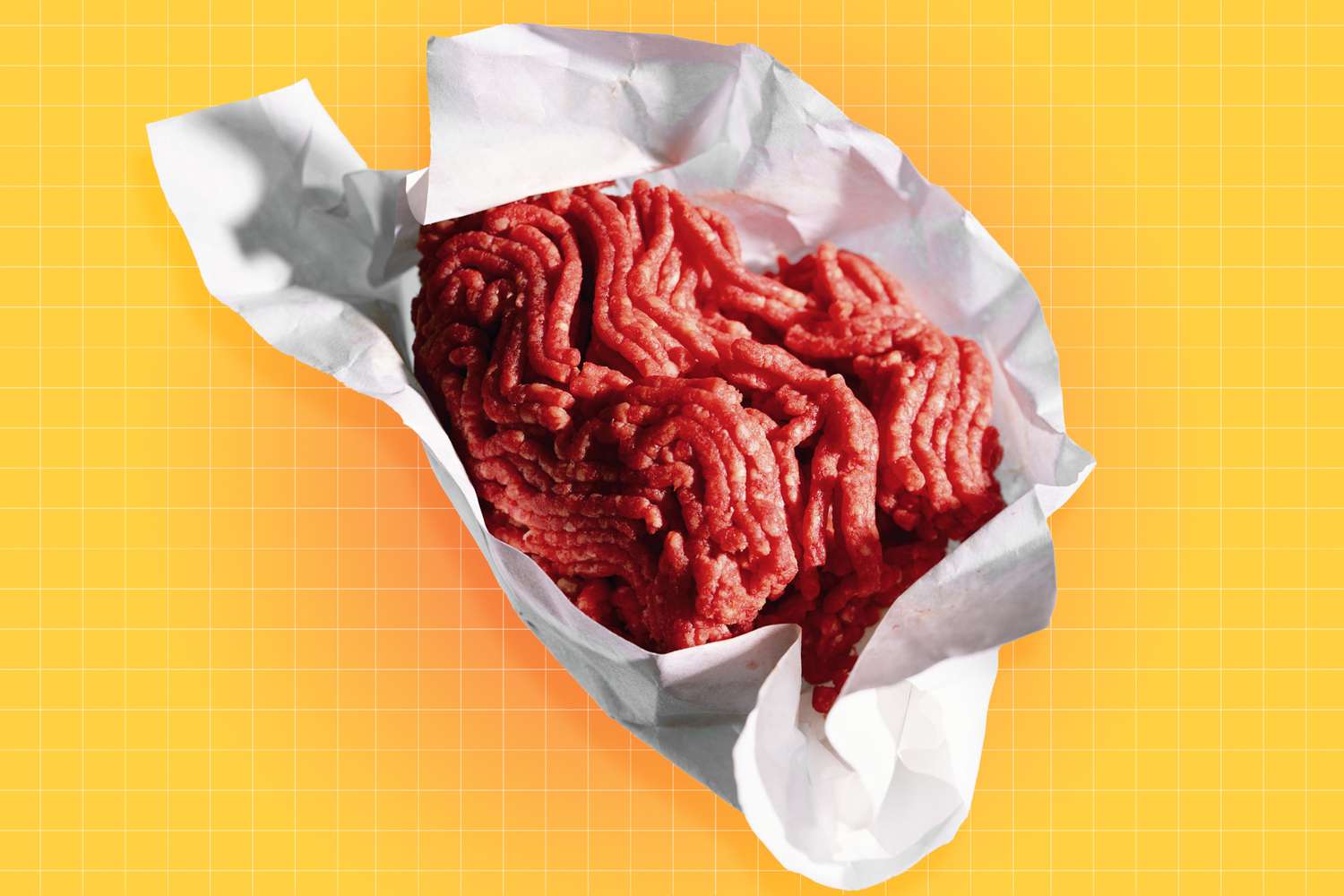
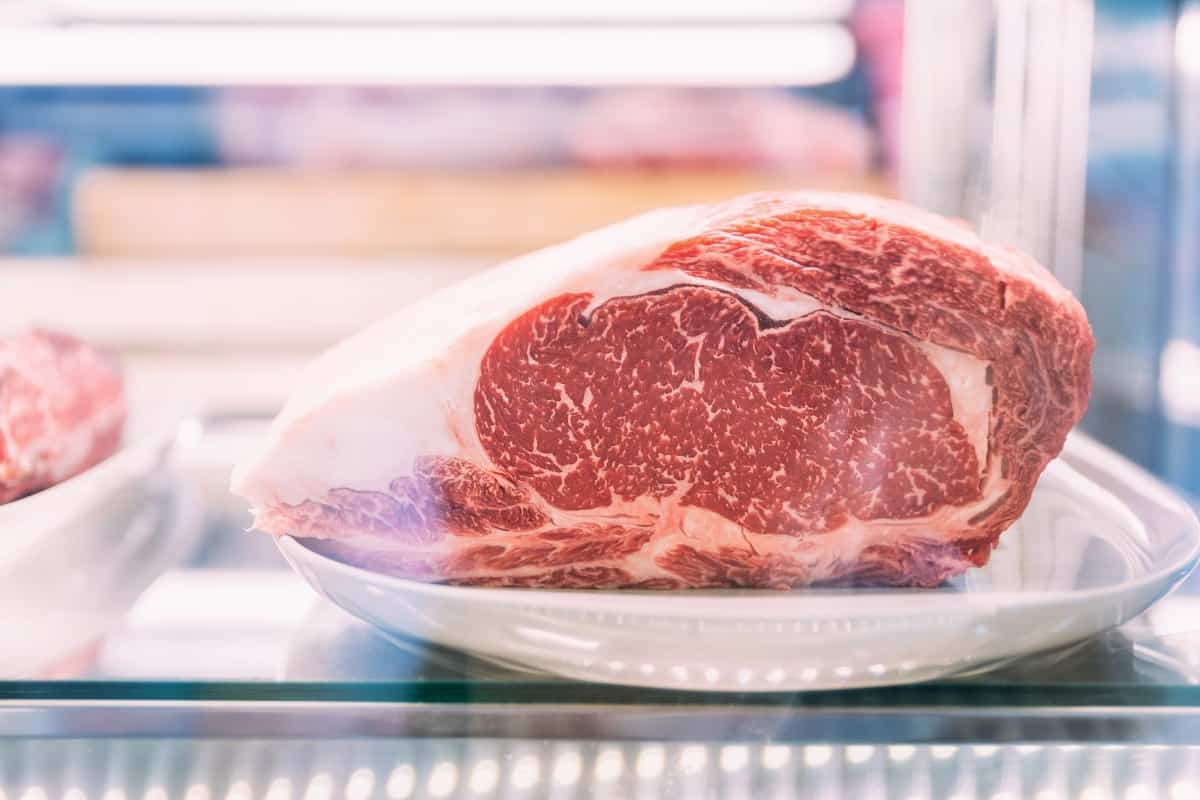

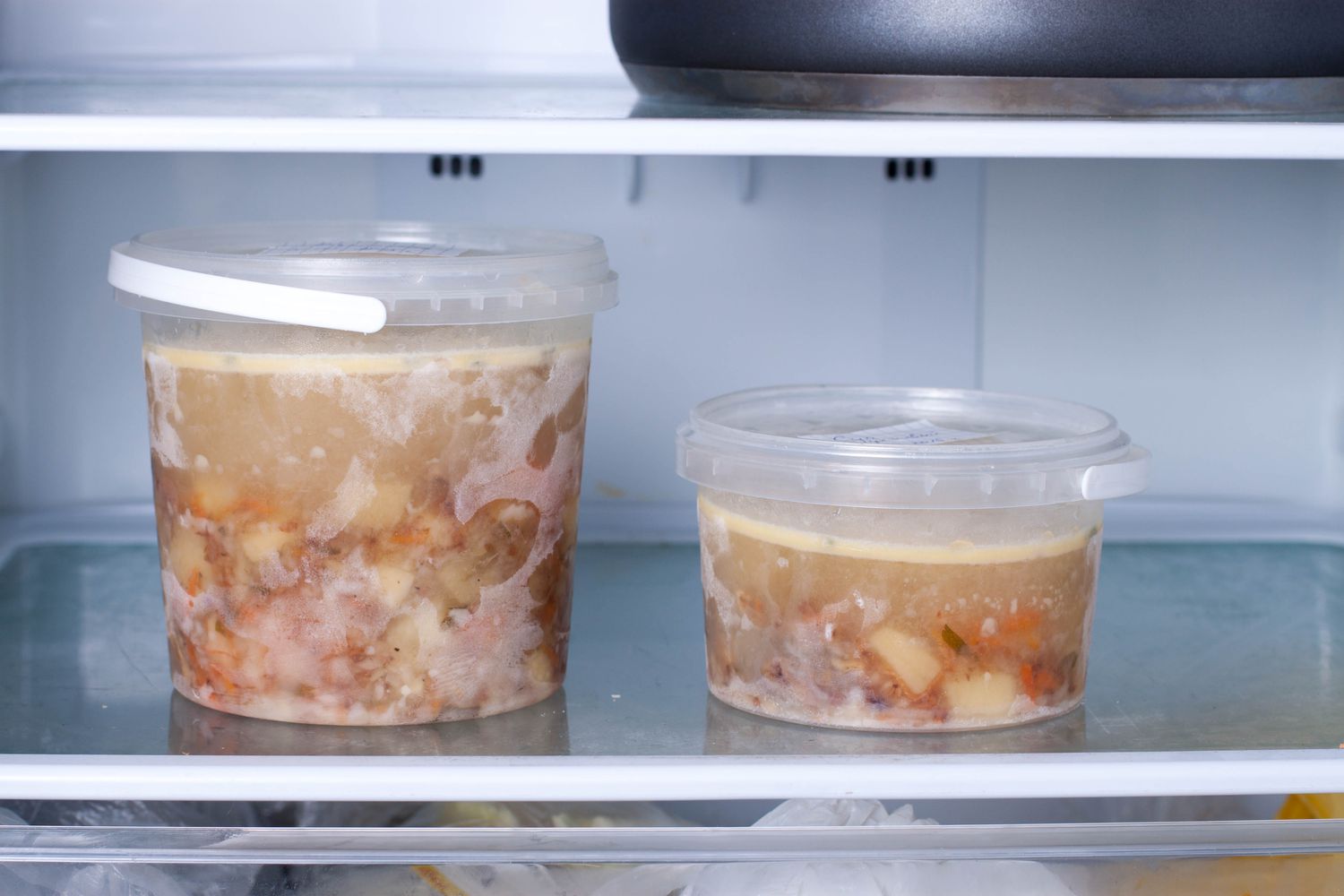


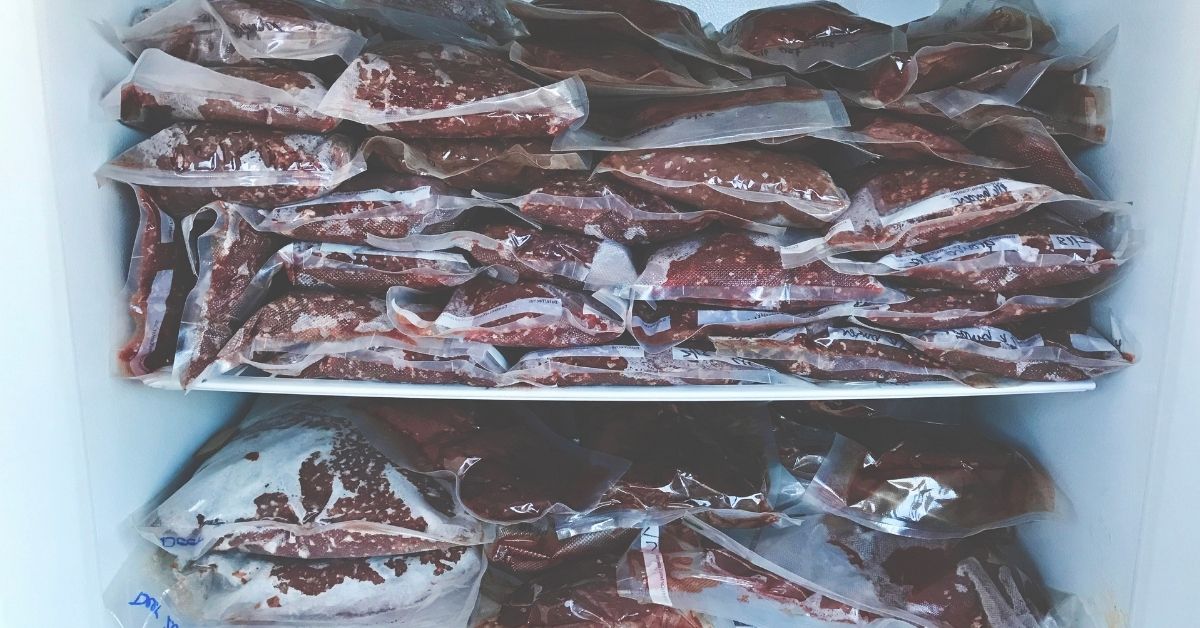

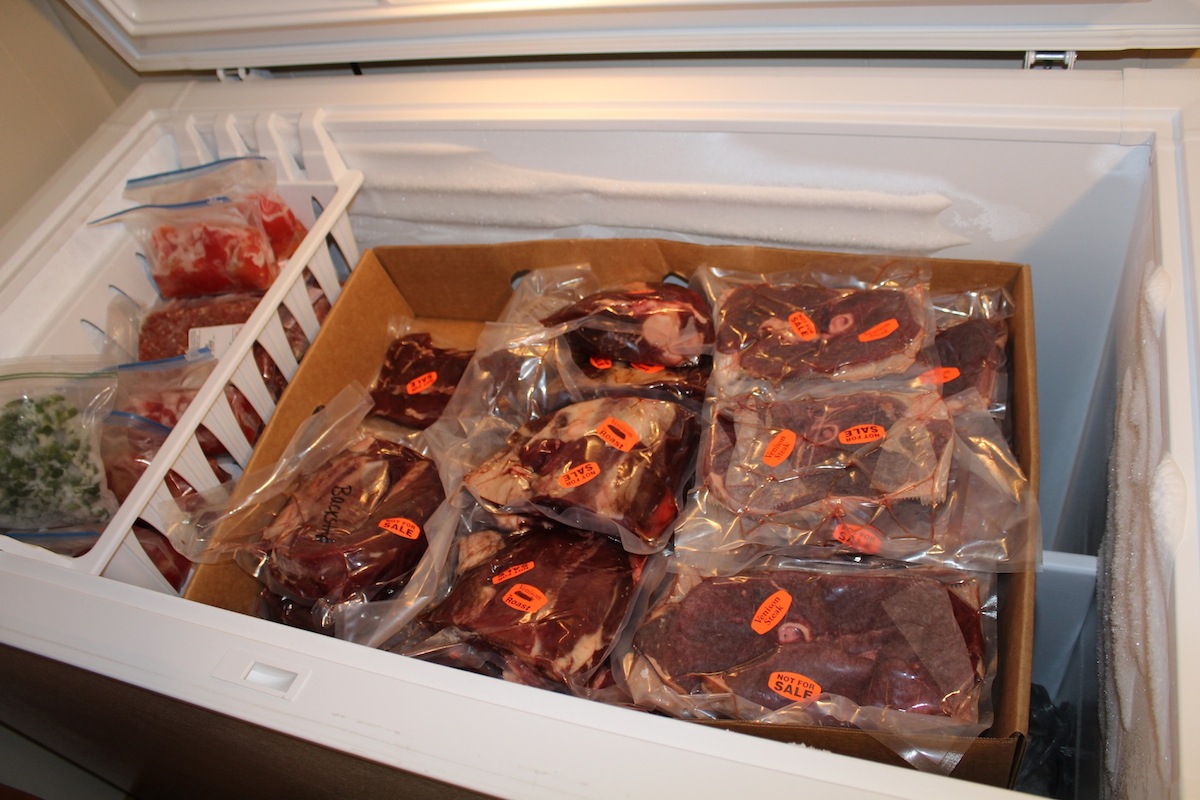


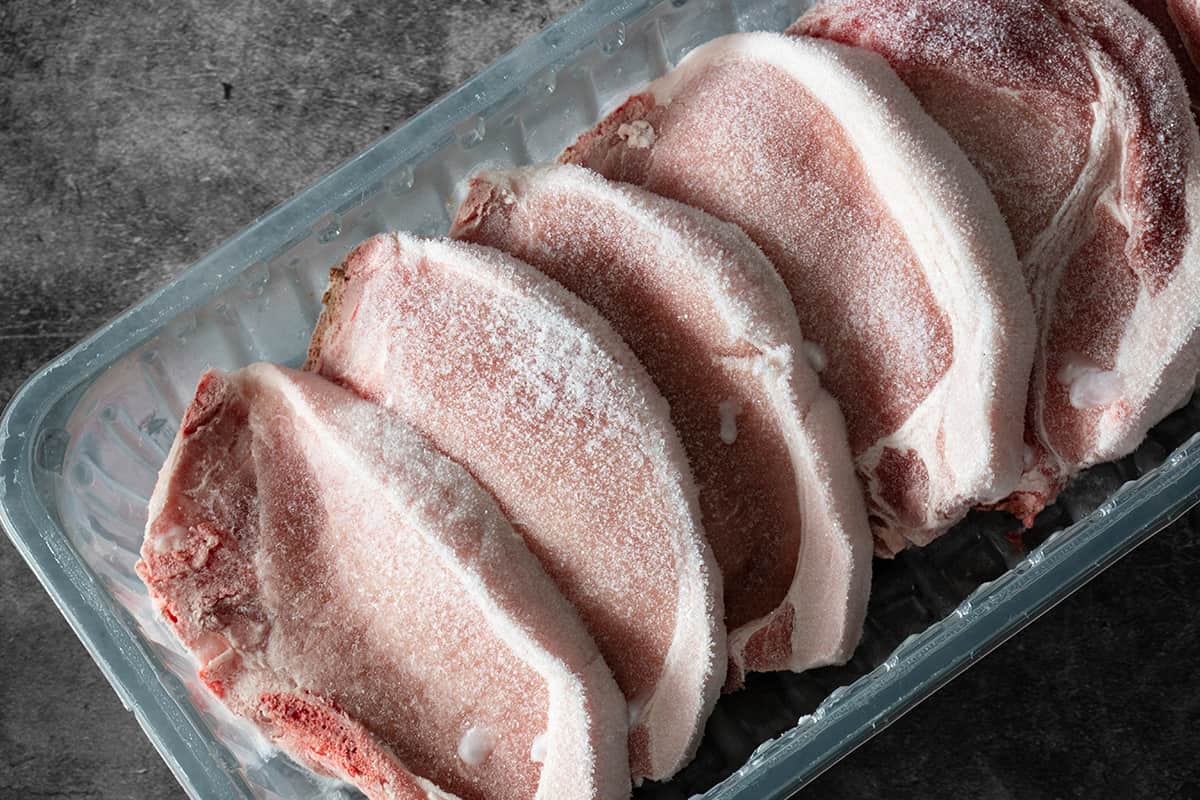

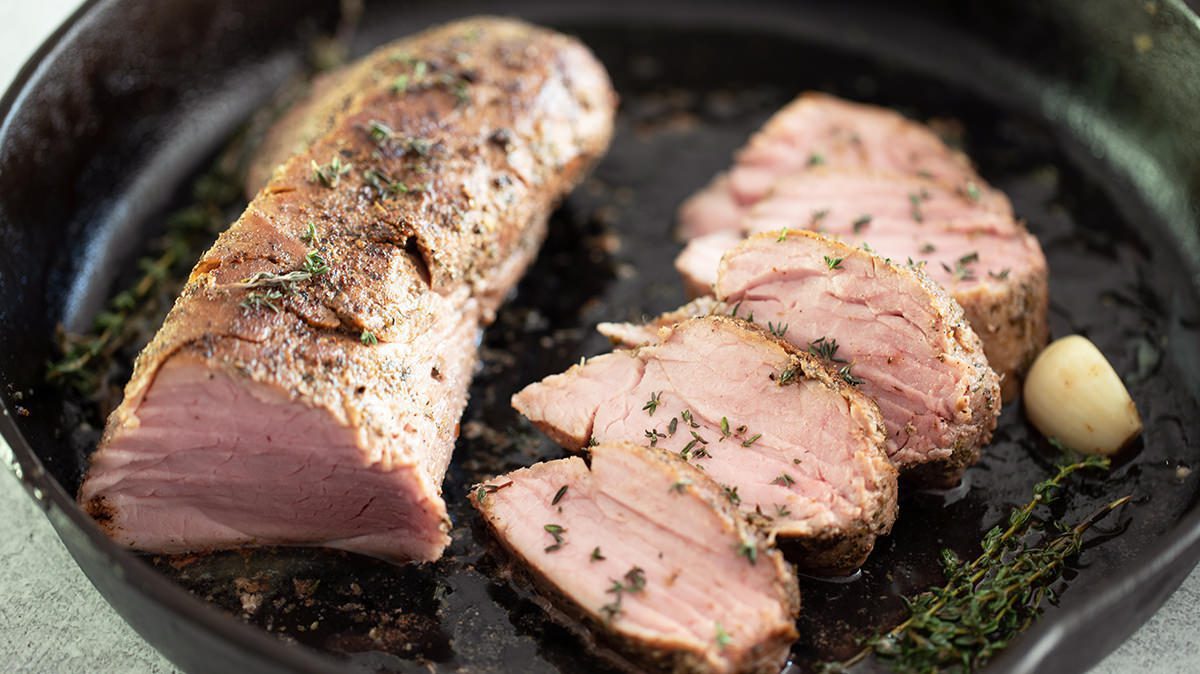

0 thoughts on “How Long Is Meat Good In The Freezer”